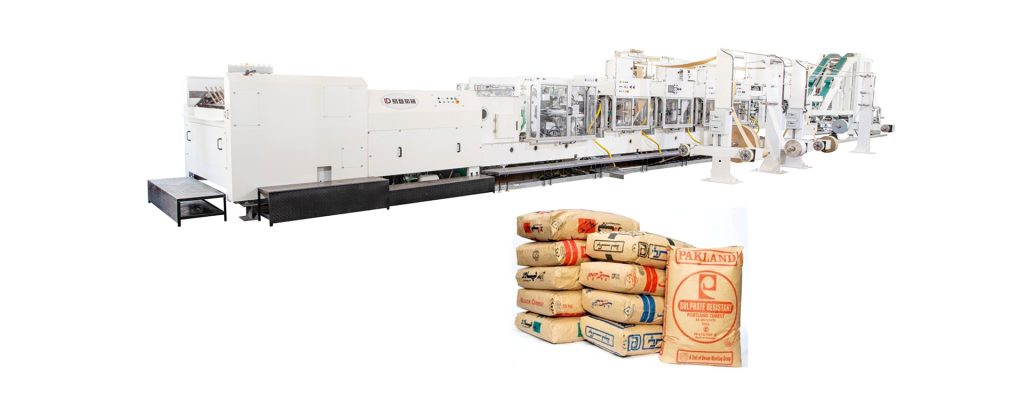The Ultimate Guide to Kraft Paper Bag Machines: Benefits, Types, and Key Features
Release time:2025-05-01 Classification:Knowledge
Kraft paper bag machines are specialized equipment designed to produce durable, eco-friendly packaging solutions. As sustainability becomes a priority for industries worldwide, these machines play a pivotal role in manufacturing biodegradable and recyclable kraft paper bags. This article explores the functionality, types, and advantages of kraft paper bag machines, offering insights for businesses seeking efficient and environmentally responsible packaging solutions.

How Kraft Paper Bag Machines Work
Kraft paper bag machines automate the process of converting kraft paper rolls into finished bags. The workflow typically includes:
- Unrolling & Feeding: High-quality kraft paper is fed into the machine from large rolls.
- Printing (Optional): Some machines integrate printing units to add logos, labels, or designs.
- Cutting & Folding: The paper is precisely cut, folded, and glued to form the bag’s structure.
- Handle Attachment: For handled bags, reinforced handles (flat or twisted) are added automatically.
- Output & Stacking: Finished bags are counted, stacked, and prepared for packaging.
Types of Kraft Paper Bag Machines
- Automatic Machines:
- High-speed production (up to 120 bags per minute).
- Full automation with minimal manual intervention.
- Ideal for large-scale manufacturing.
- Semi-Automatic Machines:
- Moderate speed, requiring some manual operations.
- Cost-effective for small to medium businesses.
- Handle-Making Machines:
- Dedicated to producing flat or twisted paper handles.
- Often integrated with bag-making systems.
Key Features to Consider
- Production Capacity: Match machine speed with business needs (e.g., 30–120 bags/minute).
- Versatility: Ability to produce multiple bag styles (e.g., grocery bags, merchandise bags, gift bags).
- Material Compatibility: Supports various kraft paper weights (70–200 GSM) and recycled materials.
- User-Friendly Controls: Touchscreen interfaces and programmable settings for easy operation.
- Energy Efficiency: Reduced power consumption for cost savings and lower carbon footprint.
Applications of Kraft Paper Bags
- Retail and shopping bags.
- Food packaging (bread, snacks, takeaway).
- Luxury gift bags and branded merchandise.
- Industrial and agricultural storage.
Advantages of Using Kraft Paper Bag Machines
- Sustainability: Produces 100% biodegradable and compostable bags.
- Cost-Effective: Lowers long-term packaging costs compared to plastic alternatives.
- Customization: Enables branded packaging with printing and size options.
- Durability: Kraft paper’s natural strength ensures reliable performance for heavy items.
Investing in a kraft paper bag machine aligns with global sustainability goals while meeting diverse packaging demands. By understanding machine types, features, and operational benefits, businesses can optimize production efficiency and reduce environmental impact. As consumer preference shifts toward eco-friendly solutions, these machines offer a strategic advantage for forward-thinking enterprises.






